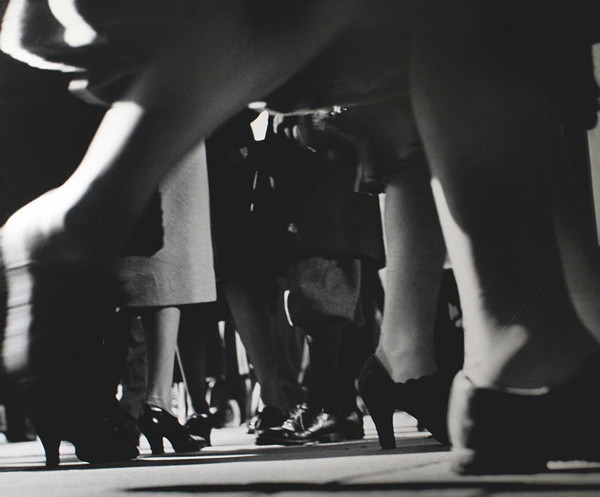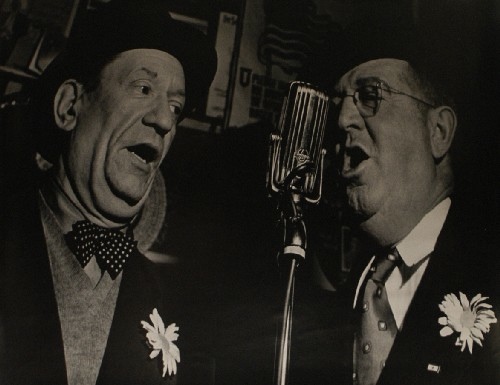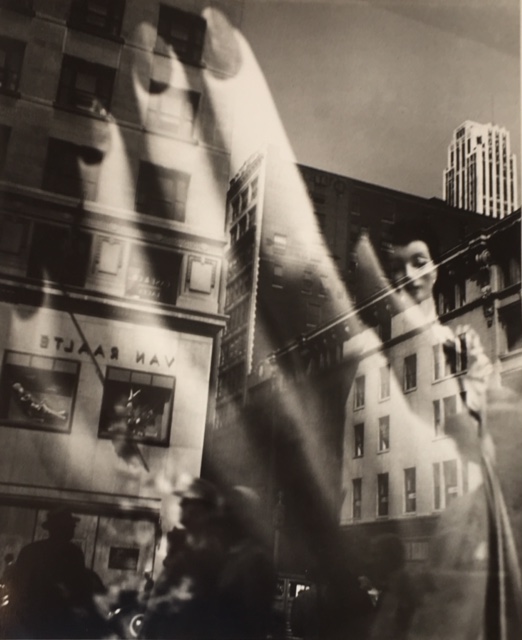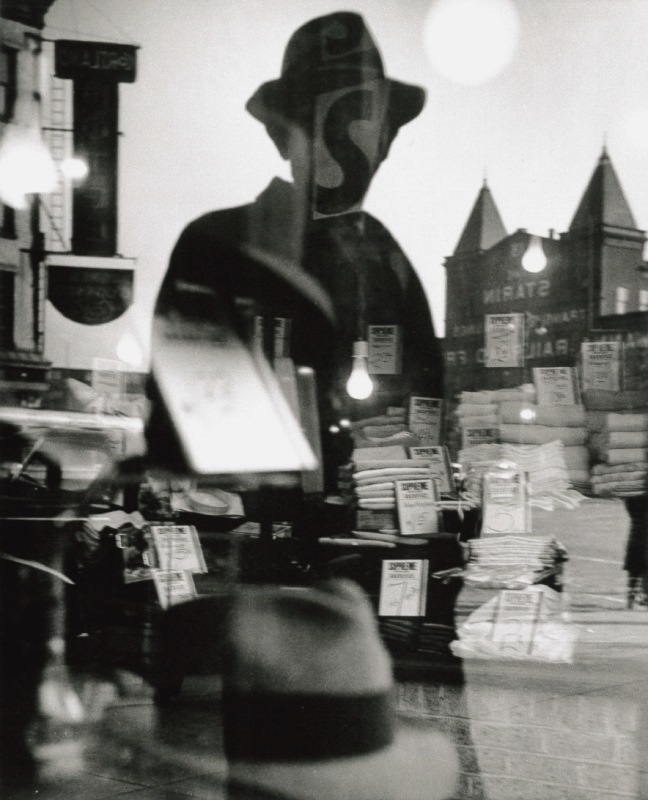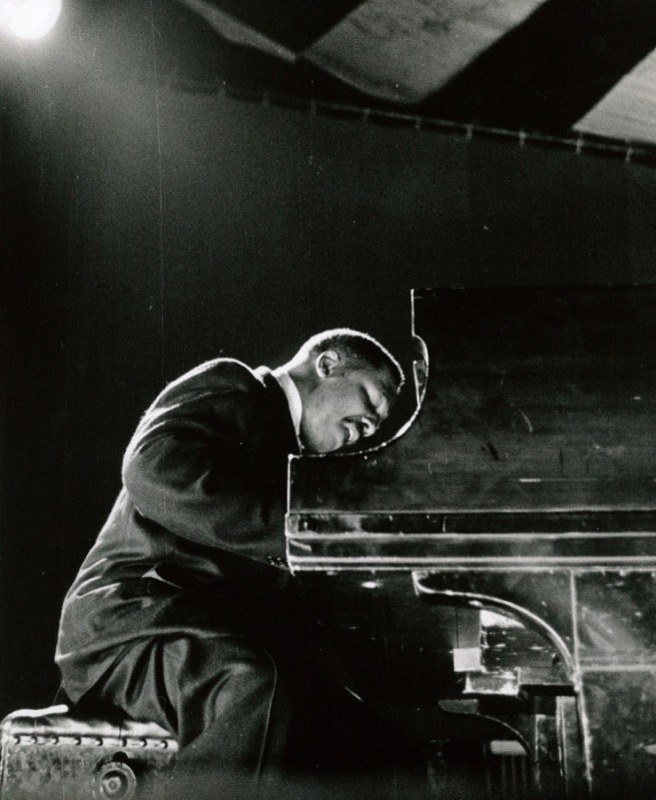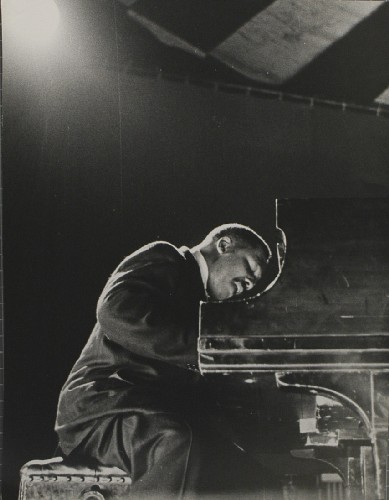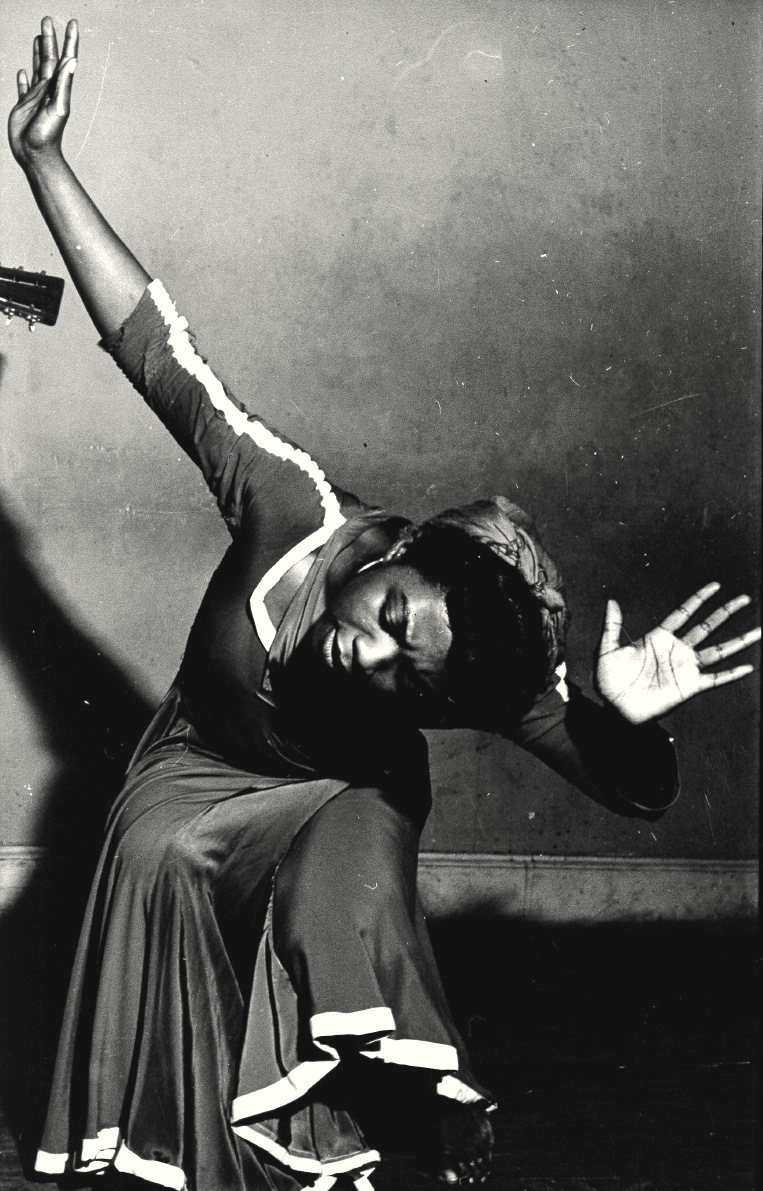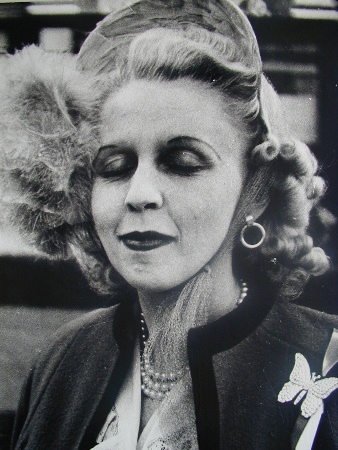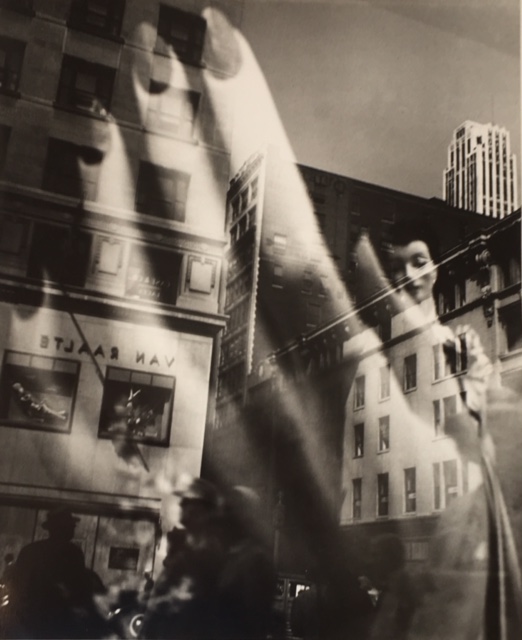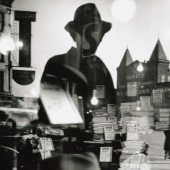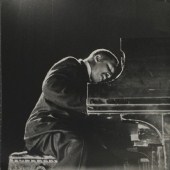baudoin lebon is pleased to present sidewalk by Lisette Model, an influential figure of the mid-twentieth century photography. She described photography as "the art of the moment", a motto that guided her vision throughout her career.
baudoin lebon is pleased to present Sidewalk by Lisette Model, an influential figure of the mid-twentieth century photography. She described photography as «the art of the moment», a motto that guided her vision throughout her career. From the 1930s onwards, she distinguished herself with her uncompromising portraits: women and men, acquaintances and anonymous people, the wealthy and the neglected, isolated or in a crowd. Her frontal photography produces edifyingly realistic portraits of the whole of society. In the late 1930s, Lisette Model emigrated to New York and began to photograph the city. Focused on the frenetic pace that particularly attracts her, she was fascinated by the passers-by and the clientele of the jazz clubs. After shooting, she worked in the laboratory, where she reframed her negatives to eliminate all superfluous details, to isolate the volumes in order to obtain direct, immediate images, full of strength and humanity.
In contact with the city, Model's photography is transformed; without abandoning her portrait work, she seeks more graphic, more visual effects to evoke the urban frenzy and the turmoil it brings. In the Running Legs series, she adopts a ground-level viewpoint, with the lens placed at the level of the feet of passers-by who, during rush hour, hurry through the streets. Dark silhouettes, legs of men and women crossing the street, walking on the pavement or climbing stairs, anonymous, bodiless, faceless legs, perfectly recreate the frenetic atmosphere of the modern city. While the Reflections series, an image of the city's reflection projected on shop windows, focuses on consumerism and the desire to consume. From these series emerge a characteristic style, unexpected shots, remarkably modern and uncluttered. Lisette Model's favourite subject is not the city per se, but the inhabitants of cities; even if they lack identity, they are intrinsically linked to her fascination with the city.
This exhibition presents images from Europe and the United States, dating from the 1930s to the 1970s.





